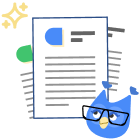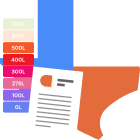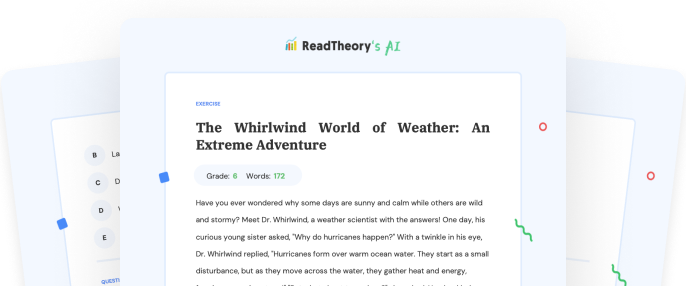Transform Your Teaching
with AI-Powered Worksheets
With ReadTheory’s Instant Worksheet Builder, you can create engaging, grade-appropriate worksheets tailored to your students in minutes. Spark curiosity, save time, and empower critical thinking with AI-powered tools designed for teachers like you.


The Solar System: Our Cosmic Neighborhood
Centuries ago, humans believed the Earth was the center of the universe, with the Sun and all other celestial bodies revolving around it. However, Nicolaus Copernicus proposed a groundbreaking theory in the 16th century - the heliocentric model, positioning the Sun at the center and the Earth and other planets orbiting around it. This model laid the foundation for our modern understanding of the Solar System. Our Solar System was formed about 4.6 billion years ago from a giant molecular cloud. At its heart, the Sun, a burning sphere of gas, holds the System together with its immense gravitational pull. Orbiting it are eight diverse planets, each with unique characteristics. The terrestrial planets, Mercury, Venus, Earth, and Mars, are dense and rocky. Beyond them lie the gas giants, Jupiter and Saturn, followed by the ice giants, Uranus and Neptune. Beyond the planets are millions of asteroids, comet nuclei, and meteoroids, collectively forming the asteroid belt, Kuiper belt, and Oort cloud. Dwarf planets like Pluto also reside here. Each celestial body in our Solar System, no matter how small, conveys its story about the universe. With the advent of technology, our understanding of these cosmic entities continues to grow. Explorations like the Mars Rover and Voyager missions have only added to our knowledge and raised exciting prospects.
Question 1
Who proposed the heliocentric model of the universe?
Galileo Galilei
Isaac Newton
Albert Einstein
Nicolaus Copernicus
Johannes Kepler
Question 2
What celestial bodies form the asteroid belt, Kuiper belt and Oort cloud?
Planets
Stars
Galaxies
Comet nuclei, asteroids, and meteoroids
Black holes
Question 3
What is one of the missions that has added to our knowledge of the universe?
The Mars Rover
The Lunar Landing
The Space Telescope
The Space Shuttle
The International Space Station
Question 4
What is the center of our Solar System?
The Earth
The Moon
The Sun
Jupiter
Mars
Question 5
Which of these is not a terrestrial planet?
Mercury
Venus
Earth
Mars
Jupiter
 or share via
or share via

Assign the ReadTheory pretest to determine students' reading levels.

Why Teachers Love
Instant Worksheet Builder?

Tailored Content for Every Student
Craft worksheets with passages and multiple-choice questions customized to your chosen topic and grade level, ensuring relevance and engagement.

Save Hours
of Prep Time
Our AI, Lexi, generates complete worksheets—passages, questions, and answers—in minutes, freeing you to focus on teaching, not planning.

Standards-Aligned Learning
Every worksheet is designed to boost reading comprehension and critical thinking, aligning seamlessly with State Standards to help your students shine.
Personalized teaching
for personalized learning
Browse worksheets created and refined by educators using Lexi—your source for inspiration and ready-to-use resources.


ReadTheory is free for Teachers to use.
Join thousands of educators using ReadTheory for free. Sign up today and start creating in just minutes!





